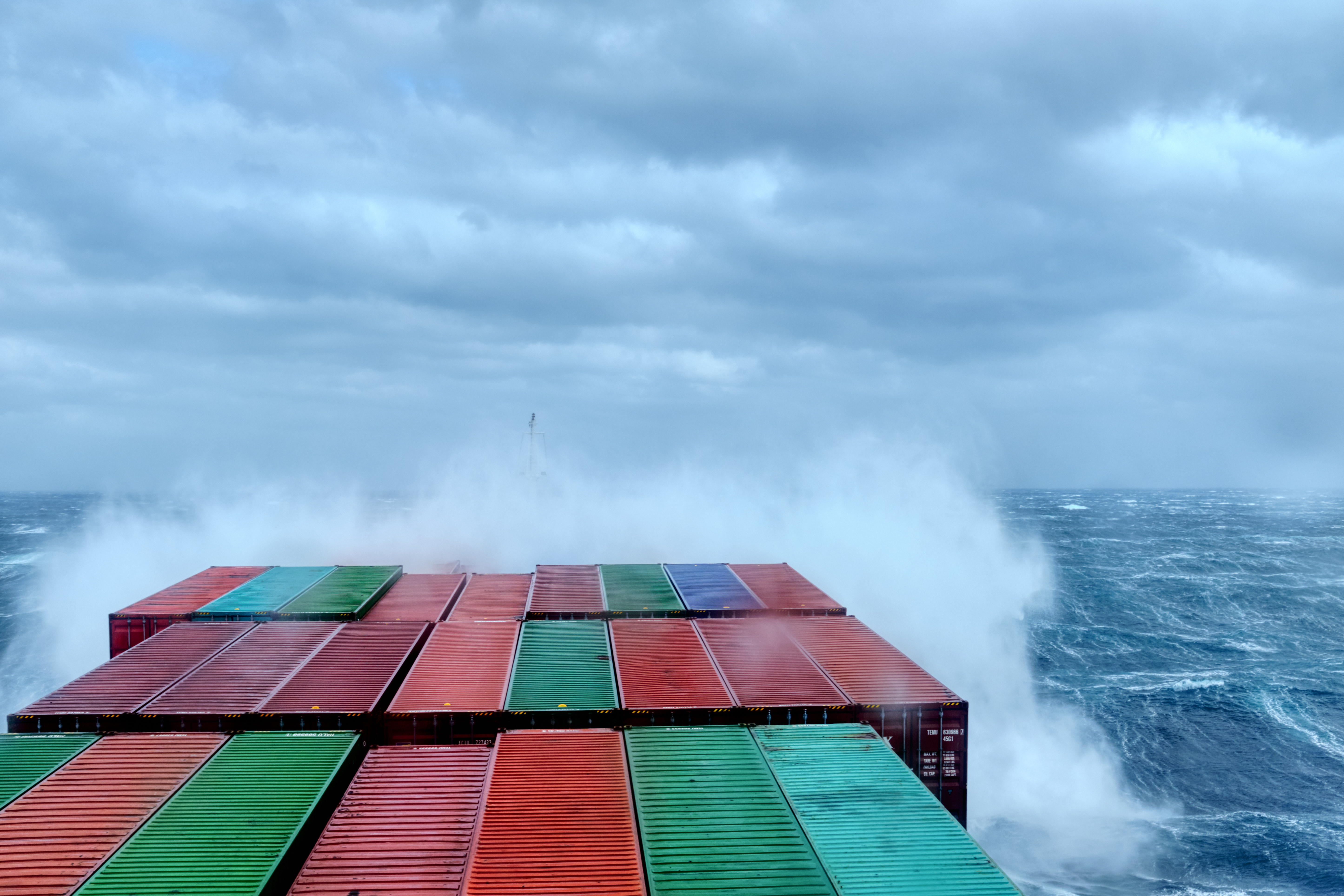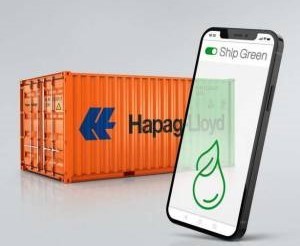Losing containers at sea is never a good thing. As we write this, the circumstances surrounding the disaster on board the One Apus are not yet known. The probable failure of the locking systems that led to the loss of about 2000 containers in the Pacific Ocean, including almost 50 containing dangerous goods, with a presumed damage of 25 thousand dollars per container as per average FOB rate, has certainly caused sleepless nights for safety managers at the Japanese Mol, K Line and Nyk group.
The question is always the same: How far, and with what degree of accuracy, is it possible to prevent such disasters? Apart from the cases attributable to human error, what is certain is that violent storms are a ‘fairly’ uncontrollable phenomenon.
While climate tracking software can do much to prevent unfortunate accidents, the chances of being hit by a tropical cyclogenesis have now greatly increased.
The violence of these storms is such that they can take a ship and throw it around as if it were a toy. Wind is an important factor along with rough seas. Containers stowed on deck constitute an enormous sail surface, especially in a crosswind.
When a containership is in the middle of a stormy sea, each container is subject to a force that could reach 3.6 tonnes. The force due to the wind on containers stacked five high could be up to 18 tonnes.
Rolling also represents another undesirable motion that generates strong transversal acceleration. Rolling angles of up to 30° and in extreme cases, even 45°, are not uncommon.
What poses the greatest problem, in terms of safety, is container stacking. Mandatory container weighing has certainly helped rationalize stowage plans, preventing – simply speaking – the heaviest containers from being put on top of the stack, yet the forces generated by the sea and winds can, nevertheless, exert enormous pressure on even the lightest containers.
It is clear that any negligence in securing locking devices can be fatal for the shipowner.
Nevertheless, the number of accidents at sea has been decreasing over the years. The World Shipping Council has highlighted how an average of 779 boxes per year have been lost in the depths of the world’s seas over the last three years. Just a few containers less than the average of 2683 containers lost per year in the three-year 2011-2013 period.
In short, great progress has been made in improving safety standards on board ship. But the case of ONE Apus shows that there is still a lot to be done.
Translation by Giles Foster




